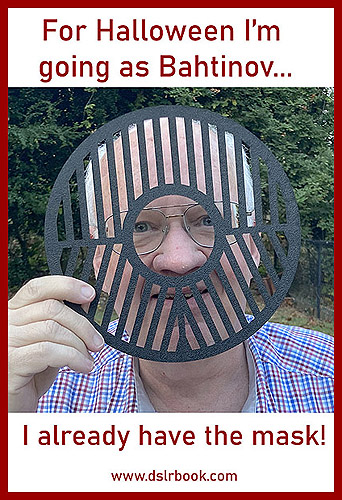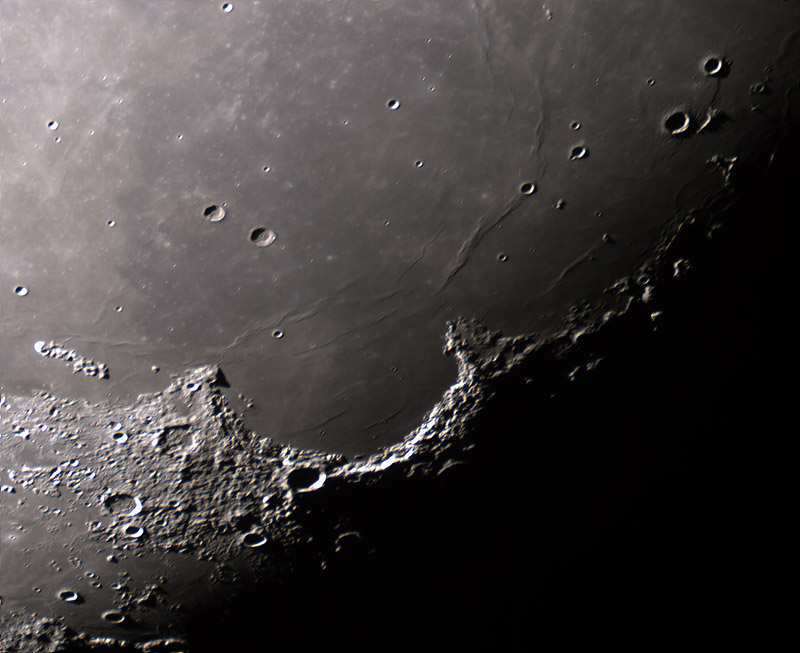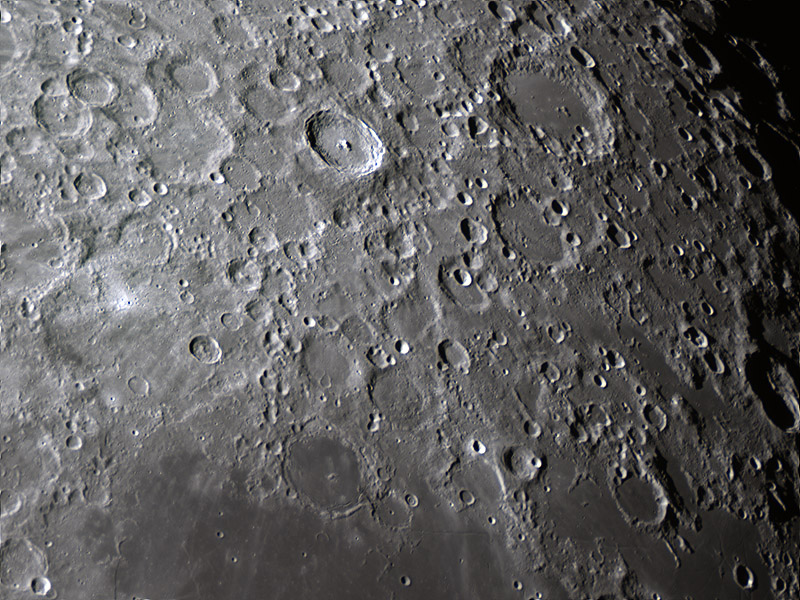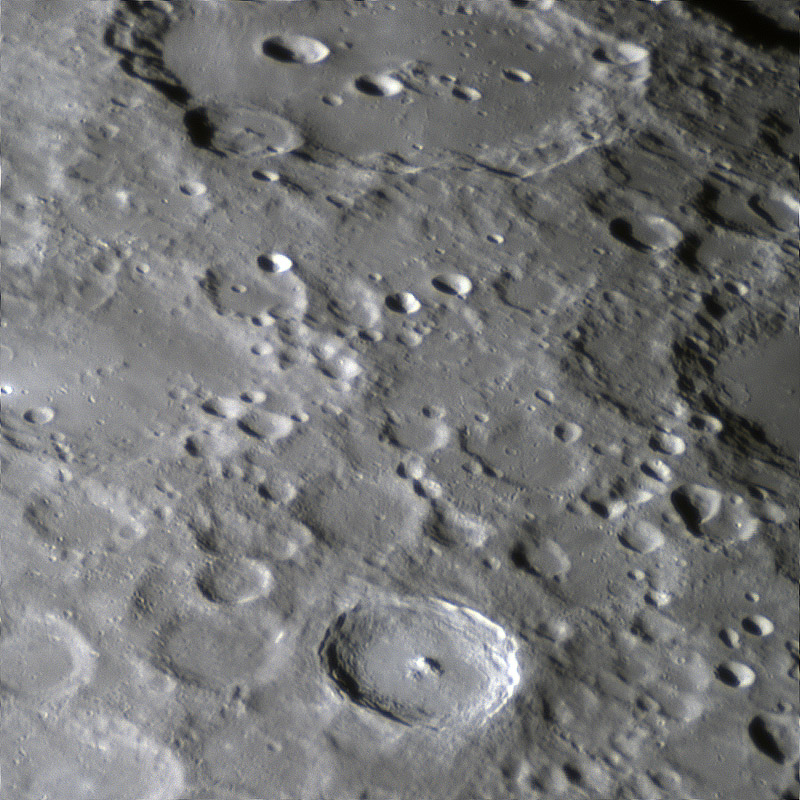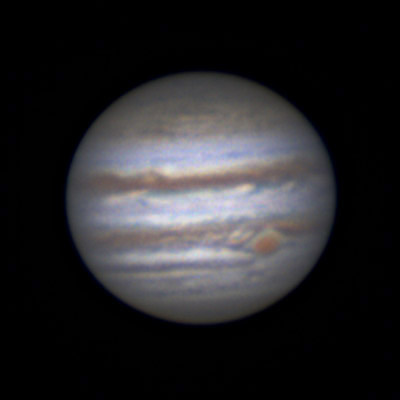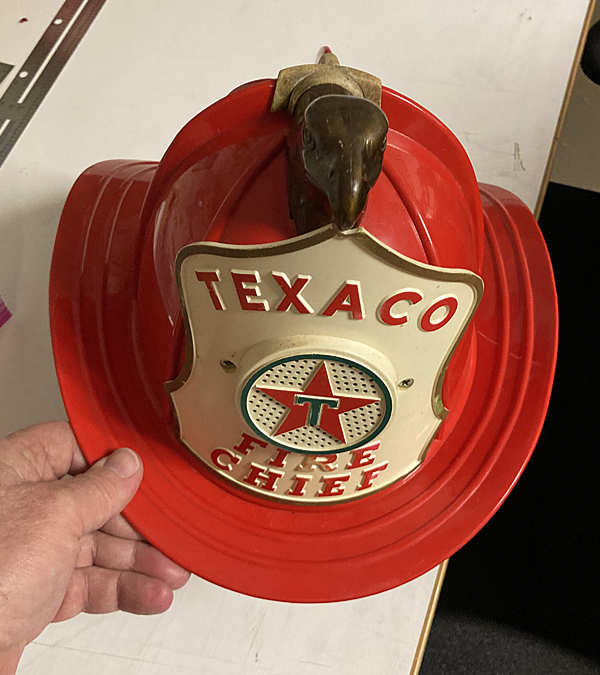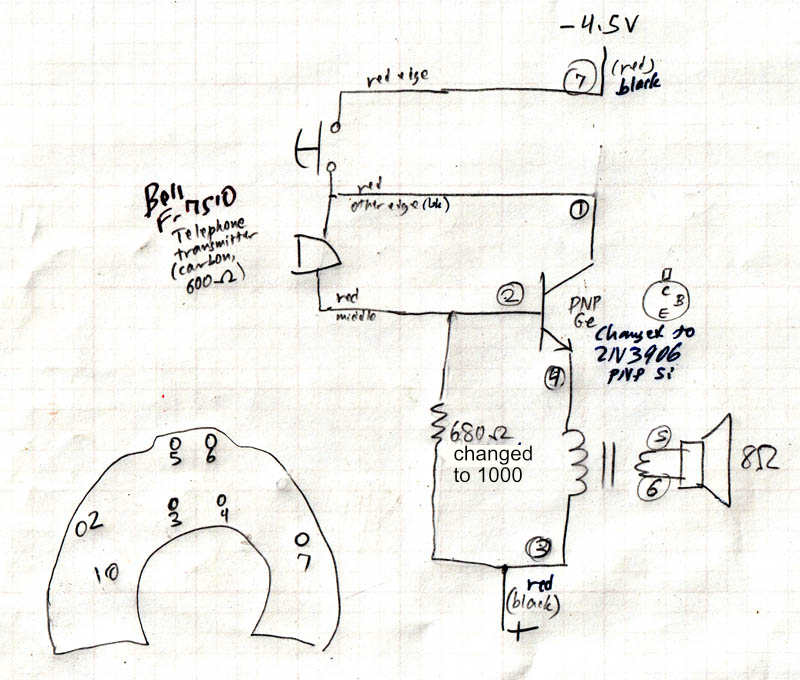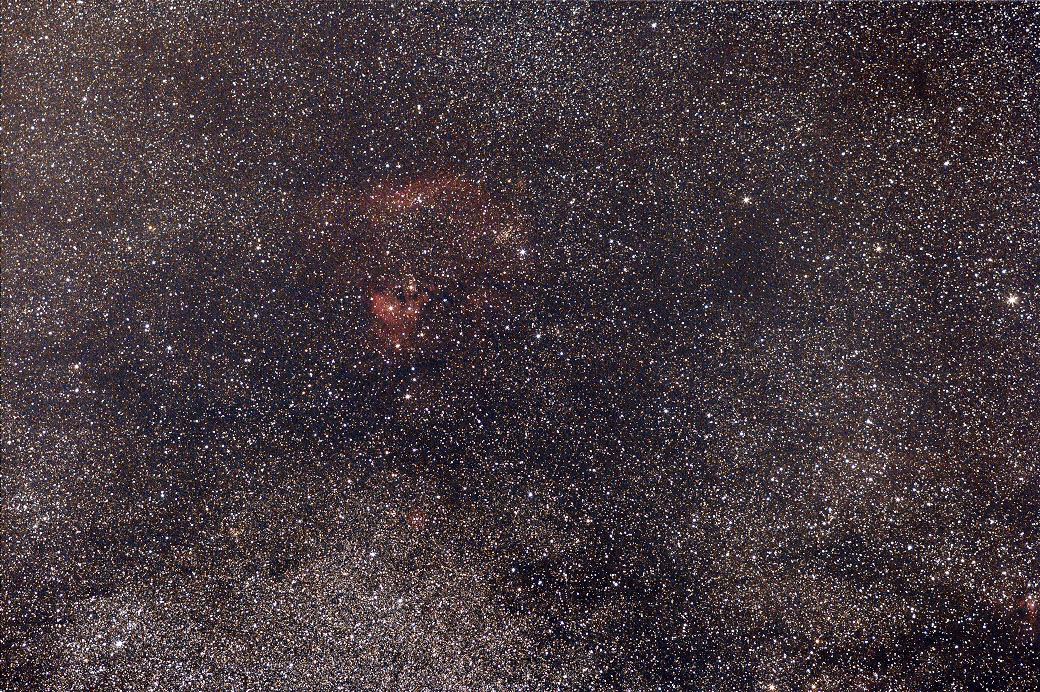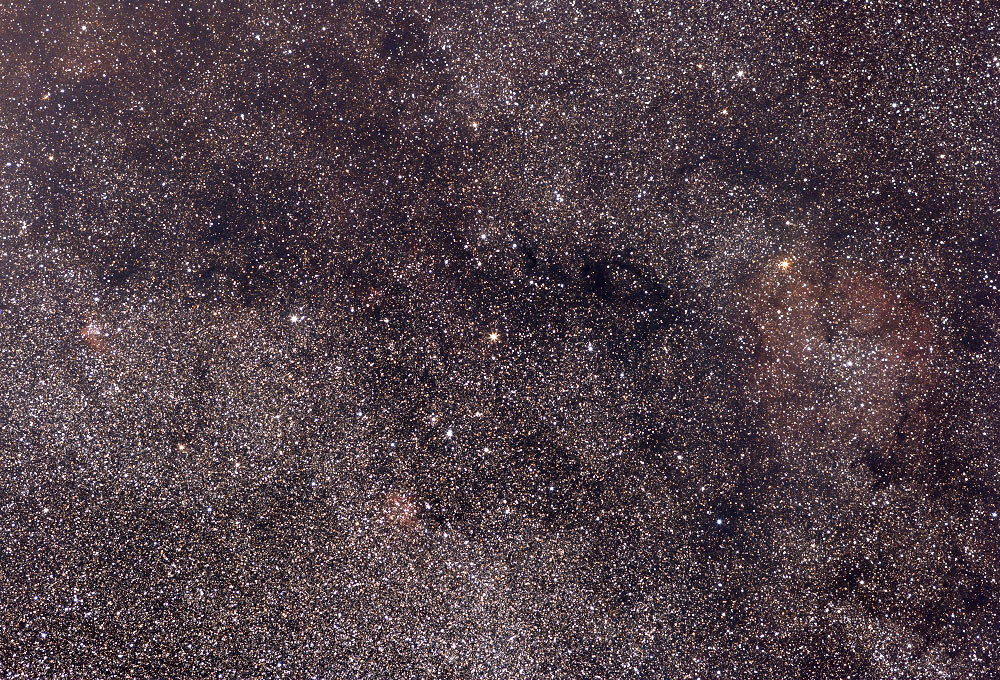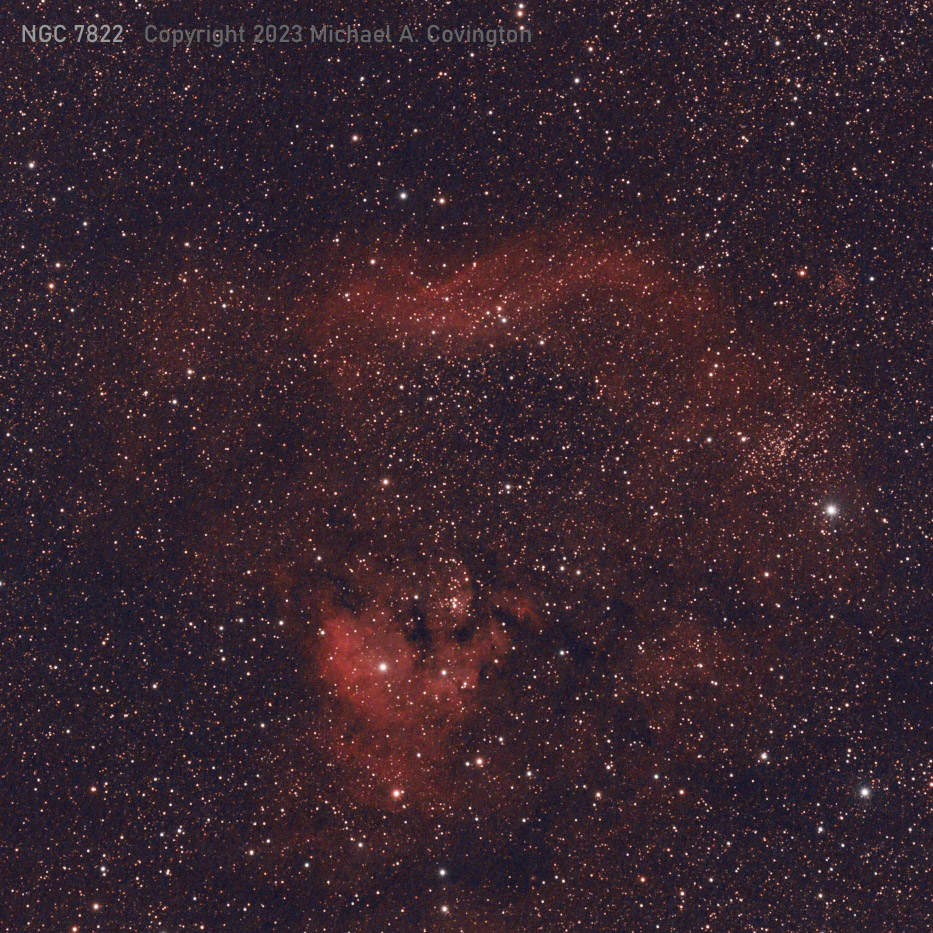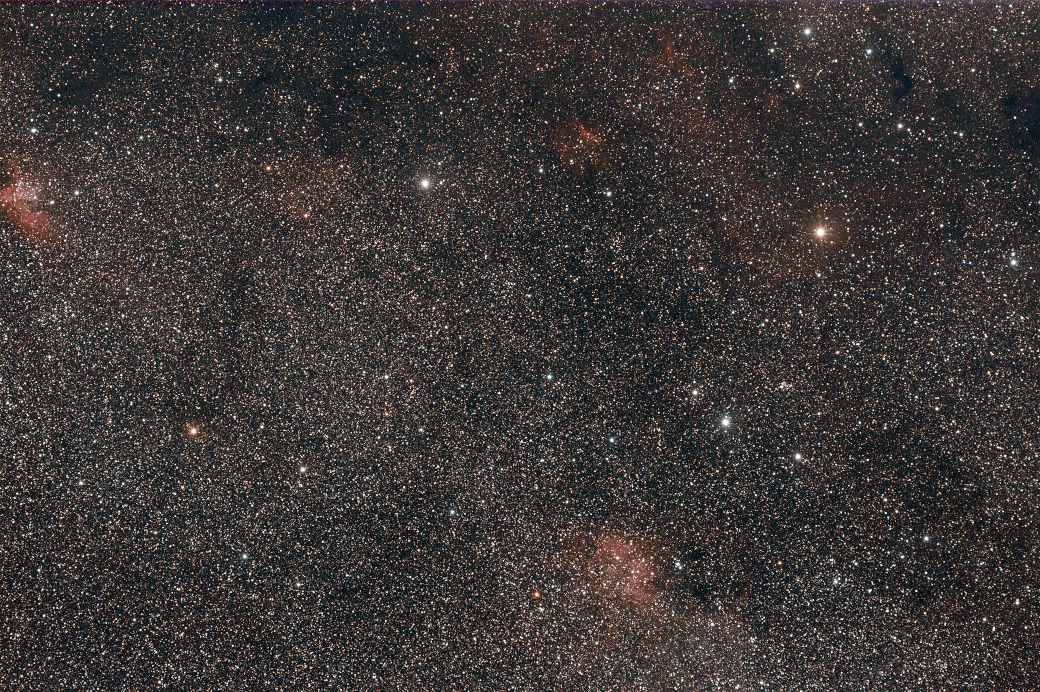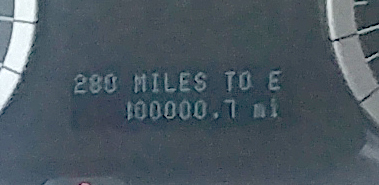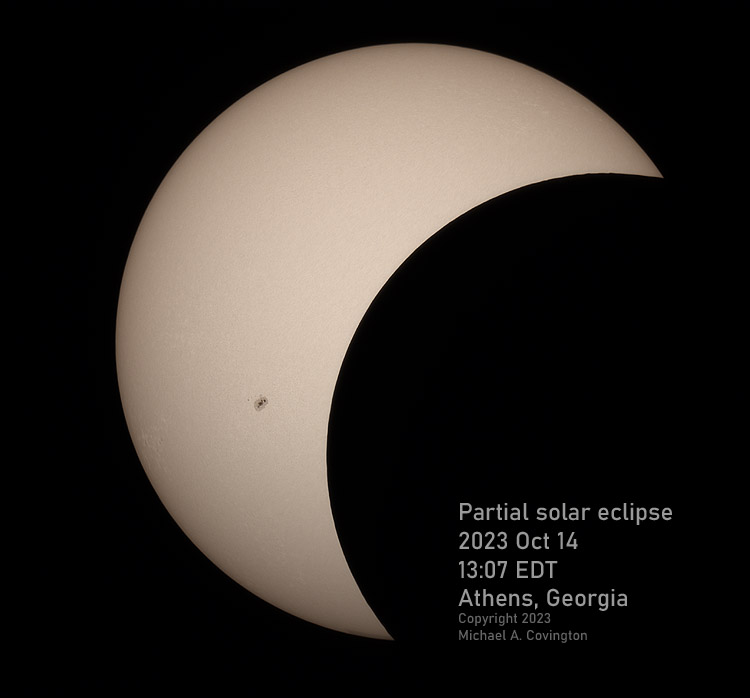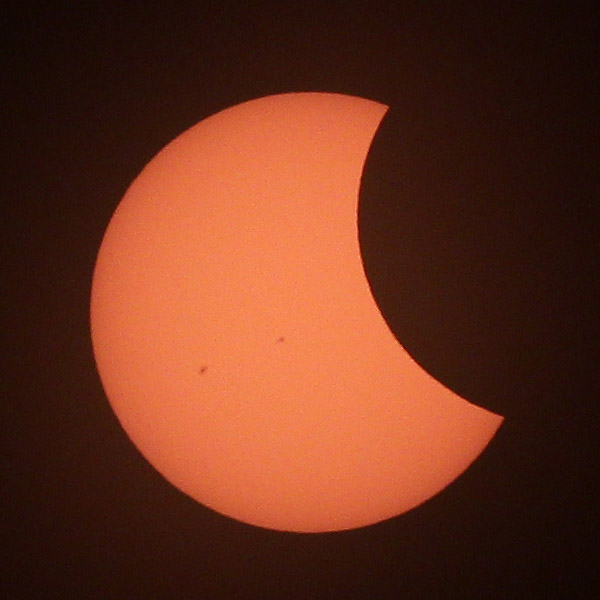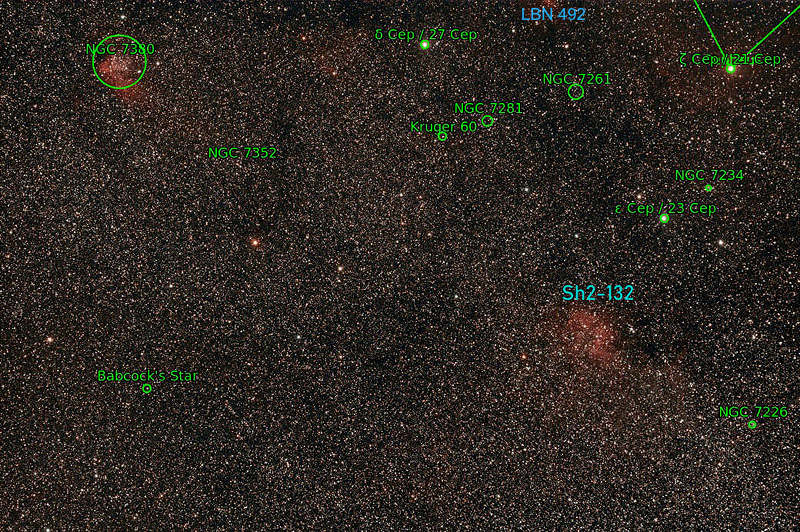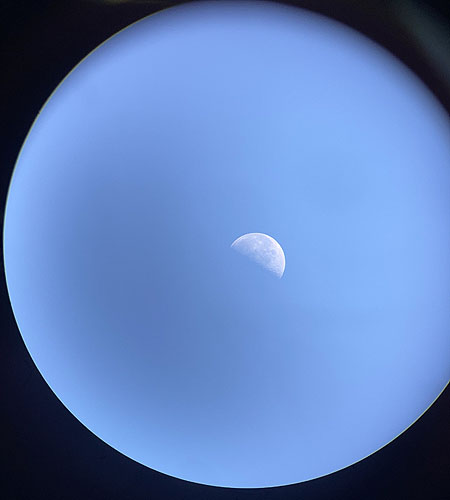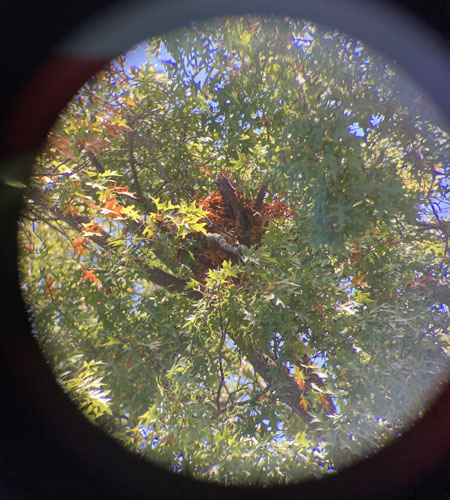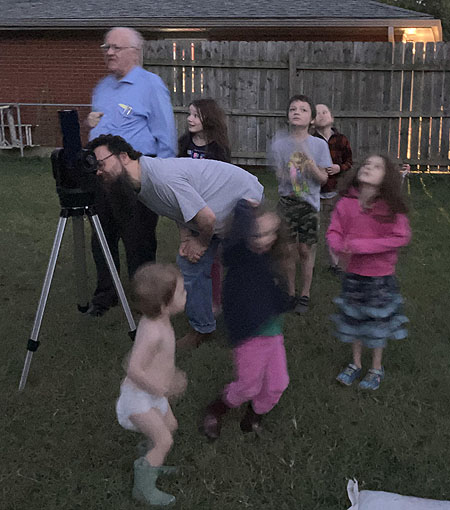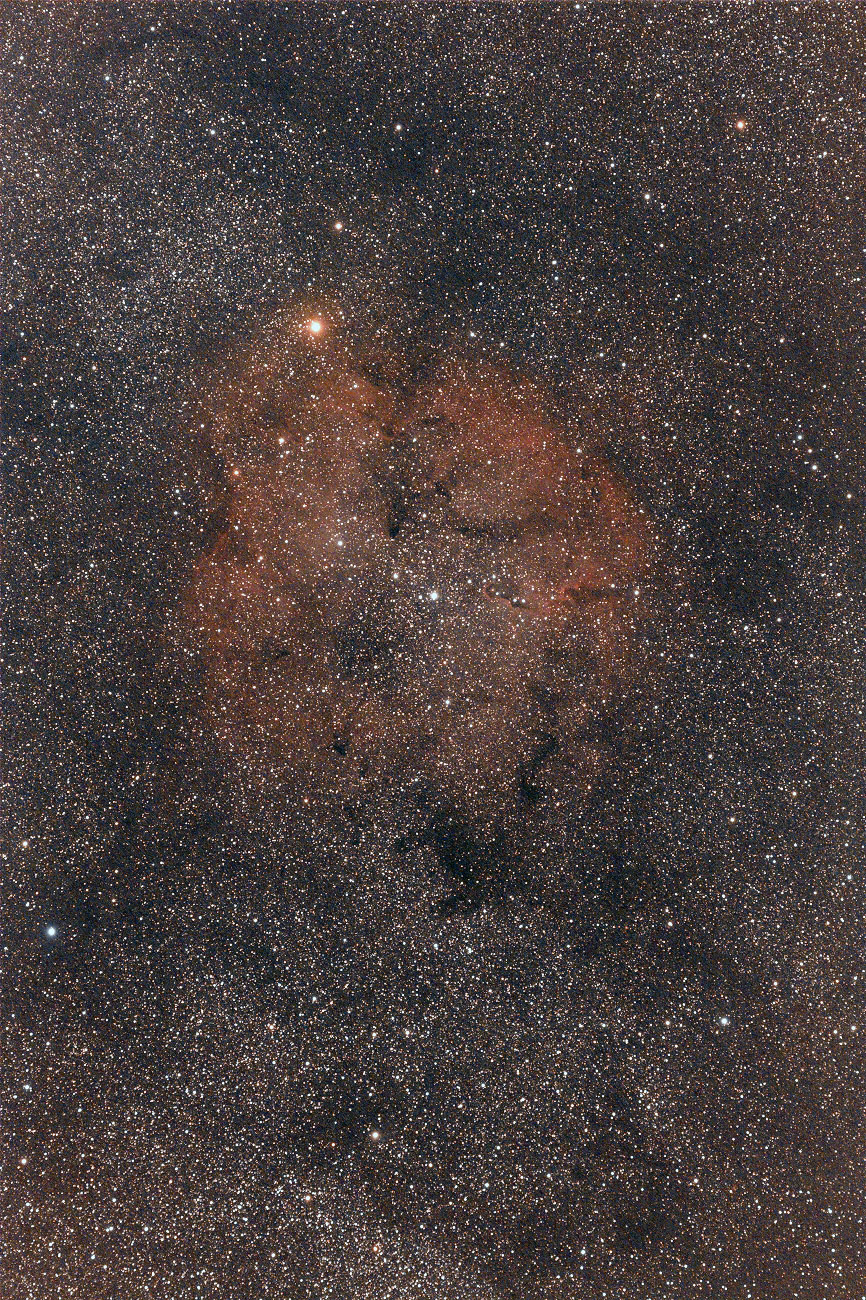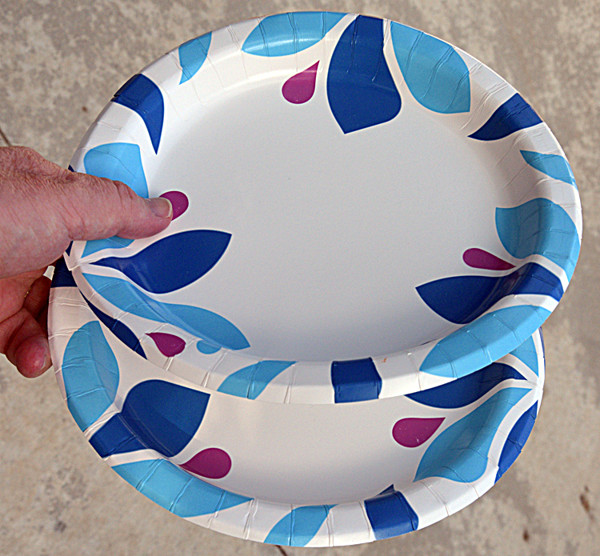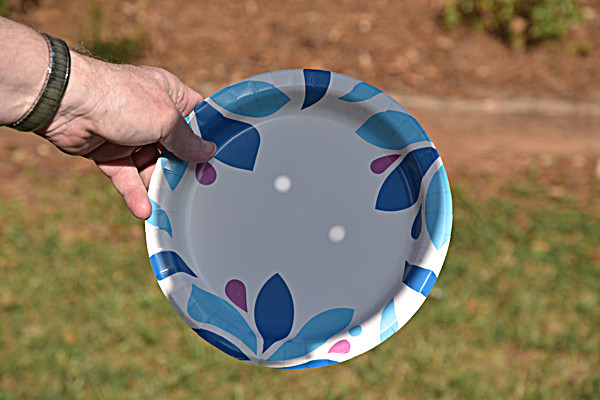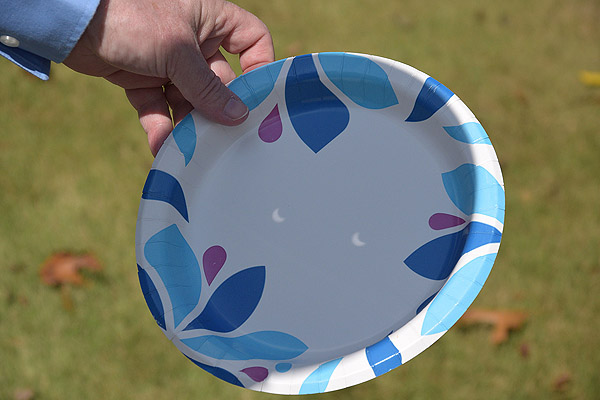|
Why I am not on F.I.R.E.
Today's entry is the best of several conversations on Facebook.
In the popular culture of personal finance, there's a movement called "F.I.R.E."
("Financial Independence, Retire Early"). Because my work now involves personal finance, I'm trying to wrap my head around it.
The idea is that if you live very frugally (like a graduate student) in your 20s and 30s, you can save enough money to retire early. Many years ago I was given a book that advocates this, but I didn't realize its place in the cultural movement at the time.
Well... I'm in favor of frugality and saving within reason, but there are some aspects of it that leave me wary.
In fact, looking at the movement so far, I've found a sharp split between:
-
People who want to use early frugality to equip themselves to do someting creative, charitable, or philanthropic in later life,
especially if they recognize they have unusual wealth or opportunity early in life and want to make the most of it;
-
People whose goal is appreciably less noble, just to "retire early;"
for some, F.I.R.E. is almost like a get-rich-quick scheme; and these seem to be
a large part of the movement.
To the second set, I want to make some points.
(1) Is retirement nirvana? Is work something to escape from?
When I was young I was eager to grow up and start productive work, not stop it.
These people talk as if working is undesirable and the goal is to resume adolescence.
Is this derived from the Marxist notion of alienation (that working for someone else is inherently exploitative)?
They certainly use the phrase "working for somebody else" a lot, as a thing to be shunned.
Maybe the counter-message we need to deliver is that work is supposed to be fulfilling.
Get a job that is not miserable now.
But part of growing up is realizing that if you have a job, somebody thinks you're making their life better, even if you don't quite see how it works,
and that very tedious work can make the world better.
(2) More disconcertingly, there seem to be F.I.R.E. voices that advocate (a) not making a marriage commitment
(instead using a "F.I.R.E. dating site" to find a compatible "partner" to live with), and
(b) if you're married, depriving your children, raising them at as low a cost as possible.
That's what grated on me about the book I was given many years ago.
"No, little girl, you can't have a bicycle, Daddy is saving up to stop working early."
Not my way of thinking.
I have nothing against people who successfuly build wealth in their younger years.
Probably most of us need to be nudged into the direction of more saving, earlier in life.
But I also hear voices that seem to be on the side of
avarice (miserliness) and/or sloth (wanting to avoid contributing to society, and just sit back and consume).
And no, I am not against frugality! If you have the opportunity to build large savings early in life, do.
But recognize that this may be a way of making the most of your own unusual good fortune, not something that you
(or the people who plan jobs and set terms of employment) should demand of everyone.
Nor am I against retirement! We all need to ramp down our labors as we age and lose energy and
capability. But I don't view retirement as an entitled position where one becomes a consumer,
not producer, of all that is of value to people.
Permanent link to this entry
Designer labels
I shopped for eyeglass frames the other day and ended up with a pair that has no externally
visible labeling at all. Along the way, I ran the gauntlet of frames with writing on them
that I didn't want to display.
I had decided that a tiny, illegible "Ray-Ban" logo would be tolerable (Ray-Ban is, after all,
a good maker of eyeglass frames), but I turned down a pair that suited me fine except that
it said "BOSS" in 9-point boldface type on each temple. Not the right impression in the
workplace, and I'm advised Mr. Boss, the man behind the fashion brand, was actually a Nazi.
Many years ago I pointedly turned down a pair of eyeglass frames with tiny
Playboy bunny logos on the temples. Not the signal I want to send!
I don't like to wear advertising unless it's for something I'm personally involved in.
So I'll wear FormFree attire (I work for FormFree) and hats that promote universities I'm part of.
But not "fashion labels," names that some other manufacturer is paying to license,
so they don't even indicate who made something, and so can't be a mark of quality.
In between are makers' marks that actually do indicate that something is made well —
but even then, I don't want advertising on my person 24/7/365.
Permanent link to this entry
Short notes
May God grant eternal rest to Debbie Adams Sutton, who was in the Action Trav'lers
with me around 1972, and has died recently after a long illness.
I didn't know her at all well — but when any of my peers passes on,
it's sad. "Any[one]'s death diminisheth me."
For a long time, when teaching logic of diagnosis (for AI expert systems, troubleshooting computer programs, etc.)
I have cited "Covington's law of diagnosis," which is,
"You can perfectly well have more than one thing wrong at the same time."
Now I learn that the medical profession knows this as Hickam's Dictum. Dr. Hickam beat me to it by more than 20 years.
We do people a great disservice when we label them as "left-brained" or "right-brained" as if people
who are good at one thing can't do other things. I also hear "autism spectrum" and "ADHD" overused.
A perfectly healthy person has traits in common with a lot of other people, including those at the ends
of the scale. And any healthy brain can be developed to have talents it doesn't presently seem to have.
The notion that artists and poets are defective human beings (who can't do math or business) is particularly
pernicious and has held a lot of people back. As far as I can tell it arose from German romanticism.
Before that era, talented people tried to be multi-talented, like Leonardo da Vinci and Ben Franklin.
Above all, never assume that high talent in some area is a handicap in real life.
I was plagued by that during my childhood as a "boy genius"
(i.e., early reader and science enthusiast) in a somewhat anti-intellectual milieu.
Some people treated me as if being able to read at age 3 meant I had some kind of developmental disability.
"Geniuses don't have common sense." Says who?
Permanent link to this entry
Quarters or semesters?
Should a year of college consist of 3 10-week quarters (trimesters) or 2 15-week semesters?
A friend asked me about this, and here's my considered reply.
Having worked under both systems, I prefer quarters.
They've been good enough for Oxford and Cambridge for hundreds of years.
I know many faculty members prefer semesters, as it gives them a little more flexibility
in their daily routine.
On the semester system, most classes meet on alternating days; on the quarter system,
most classes meet daily.
It has been argued, though, that daily classes facilitate learning (especially of things like foreign languages)
and help the inexperienced freshmen settle into a good time-management routine (much of the homework is due the
very next day). (However, having at least 48 hours for each piece of homework can also be
a boon to students; they can plan evening activities without having to accommodate an unforeseen amount of
homework, displacing some of it to the next day if necessary. In general, I think homework should only be given
on such short notice if it is following a foreseeable sequence.)
Junior colleges should definitely use quarters because it is easier for a person who is
navigating financial or family challenges to commit to three months rather than four and a half.
It is also easier to take a quarter off than a semester.
Perhaps the biggest appeal of the quarter system, to me, is that it makes it possible to have a
summer term that matches the other three. And that's part of my grand plan for re-engineering college,
as follows:
(1) We should use the summers. We no longer need to go home every summer to get the crops in,
nor are our buildings uninhabitable due to lack of air conditioning.
And students needing to take a quarter off to work might do better if they didn't all have to do it
at the same time of year. Students taking full loads could finish a 4-year degree in 3 years.
(2) Alongside the full-time workload that students have now (and which, unlike in 1970, is usually too
heavy to permit substantial part-time work), we should define a 3/4-time workload that is still
considered full-time but explicitly allows working your way through college (in 4 years, not 3).
And colleges should coordinate
this with employers so that students are efficiently placed in suitable jobs that will cover their expenses.
We do (2) quite well for graduate students now, with assistantships; we should extend it to everybody.
It's much better than saddling them with student loan debt.
Permanent link to this entry


|




